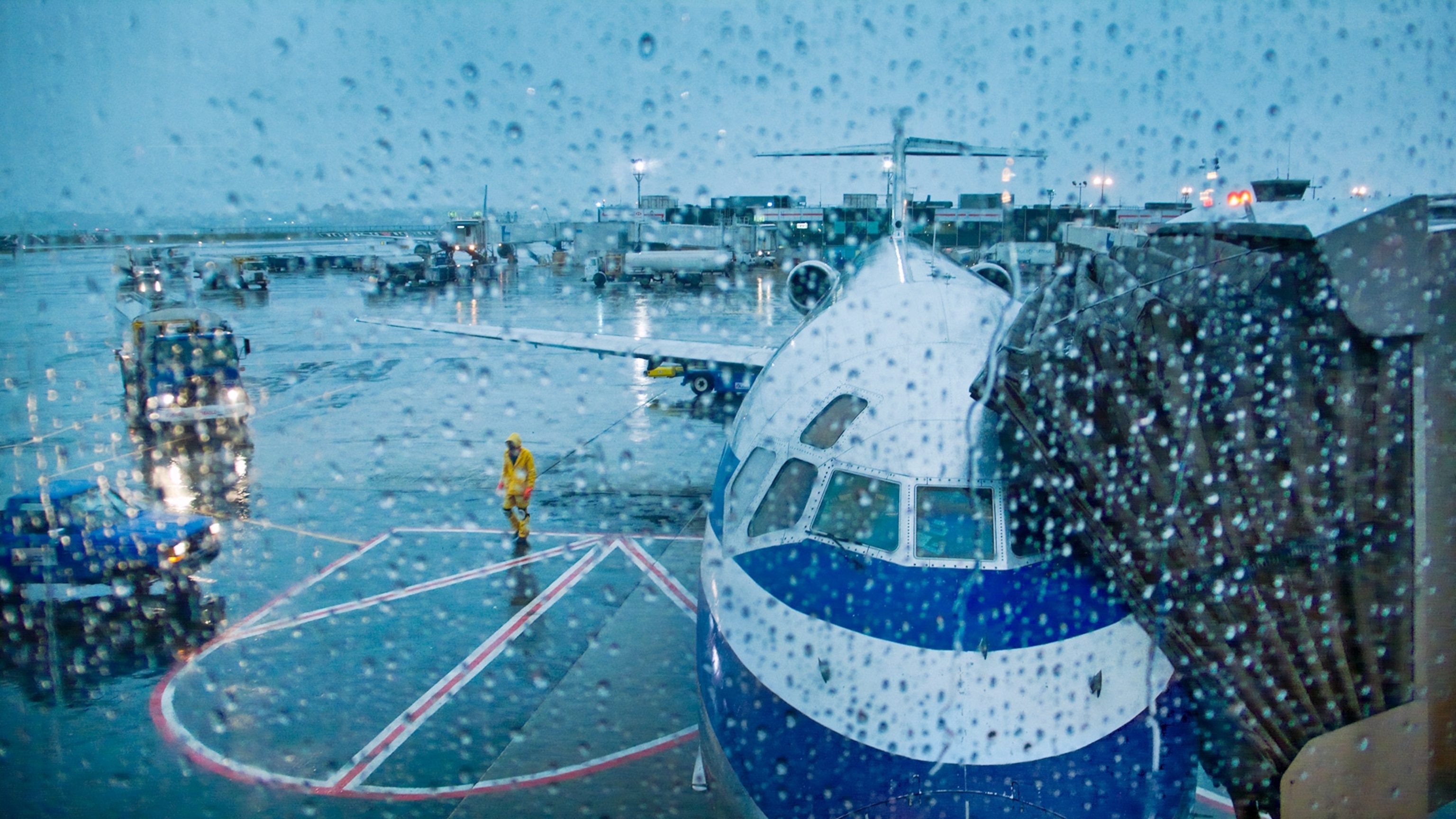
How to change or cancel your trip due to bad weather
Your holiday is booked, but Mother Nature is not cooperating.
No one can control the weather, but you should take decisive action around your vacation sooner than later. Here’s how to change or cancel your trip when the elements or other unavoidable issues threaten your travel plans.
Get the Details
Stay informed about impending weather issues. In the case of hurricanes, check the National Hurricane Center first for updates on a storm’s progress and helpful tips on emergency readiness, evacuations, and recovery. If a snowstorm threatens your plans, check the National Weather Service’s forecast and advisories. If your issue is non-weather-related, such as a technology outage at a specific airline or airport, the carrier or facility’s Twitter feed is your best bet.
Check Your Airline
When a storm approaches, airlines begin issuing warnings and waivers for passengers traveling to or from specific airports on certain dates. Waivers usually cover the fees to change your travel dates and any difference in airfare for new flights. To find out whether your plans are covered, head to your airline’s homepage to see travel advisories currently in effect. Check back frequently as conditions and policies evolve. If you are already on your trip and are having trouble finding information about your specific flight, Flight Aware offers a helpful tool with cancellation listings by airline, origin, and destination. [Find out more about hurricanes.]
Go International
As more passengers get displaced and call their airlines for next steps, wait times can take hours. Your first alternative is to tweet your airline. In addition to their main accounts, many airlines like Delta keep Twitter handles specifically for their customer service desks that can get in touch faster than phone agents. If you need a human in real time, try calling your airline’s help desk in another country that is not experiencing the same issues. Major carriers like American and United have international offices, so check your airline’s customer service page for the numbers, then hop on an app like Skype to dial in.
Credit Cards to the Rescue
If you are already traveling, or you cannot delay your itinerary, airlines tend to dodge responsibility for covering your hotels or meals in the case of weather-related cancellations. In those instances, your credit card might offer trip delay, interruption or cancellation insurance to help offset costs. You need to have used your card to pay for your trip, and then should also use it for any purchases you make before submitting a claim later to cover the costs. This type of coverage varies depending on the card and bank, but can range from hundreds of dollars per person for delays to tens of thousands of dollars for outright cancellations. Read up on your benefits before planning travel to charge ahead in the best way possible if things go wrong.
Be Flexible
When contending with inconvenient, but not catastrophic storms, do what you can to avoid sleeping at the airport. Look for last-minute bookings on apps like Hotel Tonight or Airbnb (or Couch Surfing if you’re on a tight budget) to make last-minute bookings. Make new friends and find local fun using a site like Show Around or With Locals to quickly connect quickly with people who like to show-off their city, or Party With a Local to find new drinking buddies around town. Mother Nature may have closed the door on your holiday, but perhaps she opened a window on adventure.
- National Geographic Expeditions


















